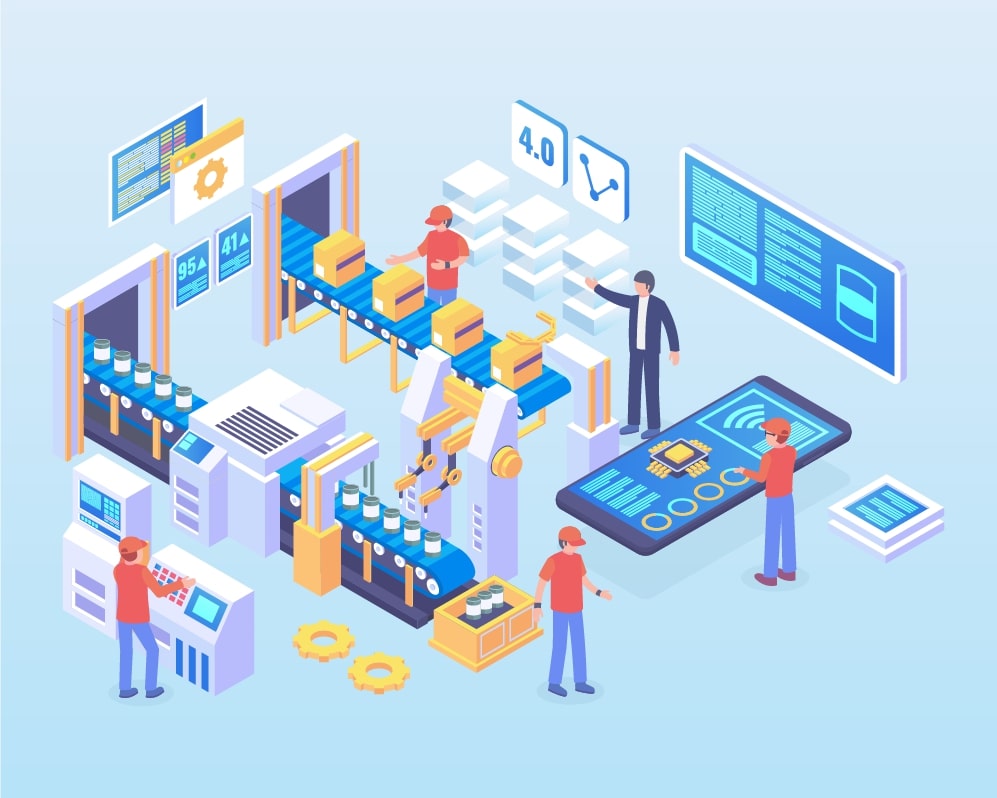October 12, 2021 By: Sanjeev Motwani
Enterprises are transitioning away from disparate process automation technologies within different lines of businesses (LOB) to a more connected automation strategy converging across multiple systems for incremental business outcomes and enhanced customer experience.
The pandemic has fueled the urgency in the rapid adoption of digital transformation. As global organizations are embracing a digital-first mindset, the quest to digitalize and structure data and content still continues to be a challenge.
Organizations are increasingly embracing automation of processes across their business in an attempt to increase productivity, lower costs, improve time-to-market, reduce redundancies, risks and errors, and include more intelligence and autonomy with the right combination of tools. Hyperautomation, a term coined by Gartner, refers to the next level of automation capabilities. Hyperautomation involves the use of automation technologies including artificial intelligence (AI), machine learning (ML), robotic process automation (RPA), natural language processing (NLP), optical character recognition (OCR), digital twin and other process automation technologies to drive end-to-end automation of tasks with minimal or no human intervention. Hyperautomation, in order to be truly successful, requires considerable planning and strategizing, but when well implemented, can automate the most tedious tasks that require significant manpower resources.
The evolution from RPA to intelligent automation and the eventual metamorphism of hyperautomation indicates the transition of the business services’ constant need to move from task-based automation and process automation to include smart tools for end-to-end hyperautomation. From managing high volume – low-risk tasks to straight-through processes (STP), automation has a notable impact on cost efficiency and productivity. The increased dependence on business-centric services and interconnected process workflows further accelerates the need for having a holistic unified automation strategy rather than a piecemeal approach within different lines of businesses. Hyperautomation, when well implemented can drive significant benefits across the value chain, including increased efficiencies, optimized workflows, better quality products, informed decision making, increase agility and optimized costs.
The ability to reshape complex processes with layers of business activities has a cascading effect on the core operations of an organization. At a time when the business models are evolving with a focus on remote work collaboration, employee experience, and customer satisfaction, business-centric services will increasingly depend on hyperautomation for seamless service delivery.
Hyperautomation – Technology in Action
Let us explore a few use cases of hyperautomation and how it can help enhance impact across segments.
1. Banking and Insurance
According to Reuters, an estimated sum of $ 384 million per year is spent on KYC process compliance. With automation such as automated document processing leveraging OCR and other technologies, the amount of labor, time, and effort required to process this paper-based procedure has drastically reduced. With advanced machine-based predictive models and intelligent automation, banks can proactively forecast and identify fraudulent transactions and leverage many solutions that can predict and prevent money laundering.
In the highly volatile insurance industry where the agents are spread thin between devising personalized policy plans to processing a high volume of documents, hyperautomation can liberate insurance advisors from mundane and repetitive tasks to focus more on delivering an enhanced customer experience throughout their policy lifecycle journey.
Industry analysis by Mckinsey identified the advantages of hyperautomation within the BFSI sector with compelling stats that are resonating across multiple industry verticals.
2. Healthcare
Healthcare industries have always been proactive in adopting technology modernization given the imbalance between the demand for caregiving services and resource availability. In the current scenario, the industry is set to have over a 60% automation potential to achieve a patient-centric care model.
Hyperautomation tools can be leveraged to streamline non-core processes like billing, patient-record management and updation across hospital divisions, and back-office operations to give the medical practitioners more time to focus on patient experience and clinical outcomes. With data unification, medical professionals have a 360-degree view of a patient’s medical histories, appointments, reminders, and other high-priority medical information. Inventory management and claims processing can also reduce a sizeable amount of time-consuming manual processing that comes with a heavy cost and labor.
3. Automation-first Attitude
While many industries are transitioning from automation to hyperautomation, clearly defined goals and value metrics are imperative to keep the process aligned with business-centric service requirements. To survive and thrive in a constantly evolving business environment, there is an urgent need to scale beyond RPA for rudimentary task-based automation to hyperautomation to unlock the full potential of digitalization.



